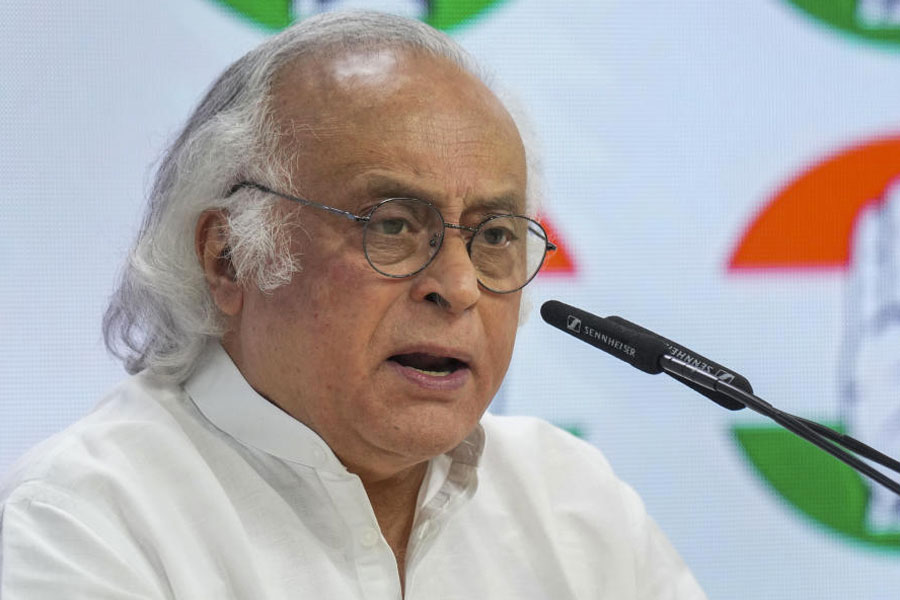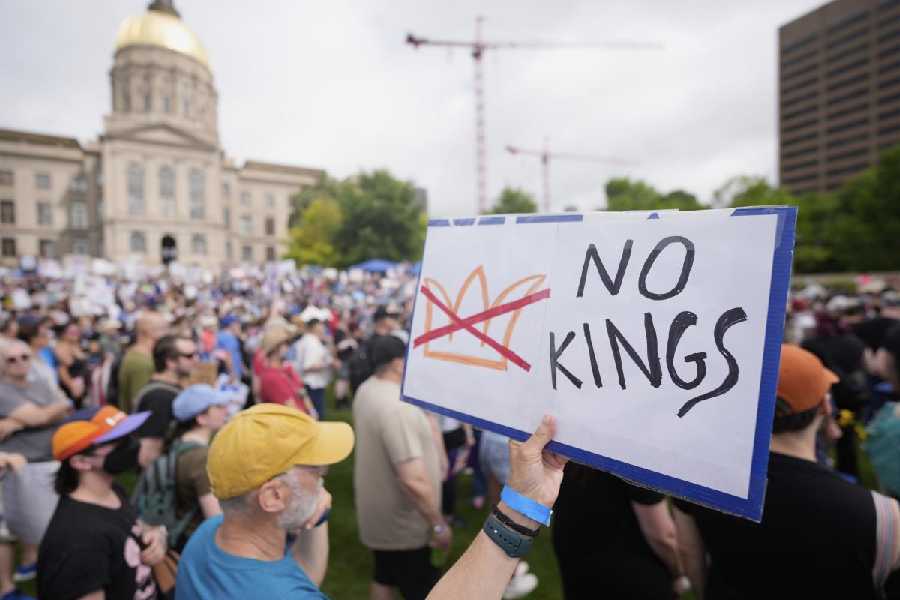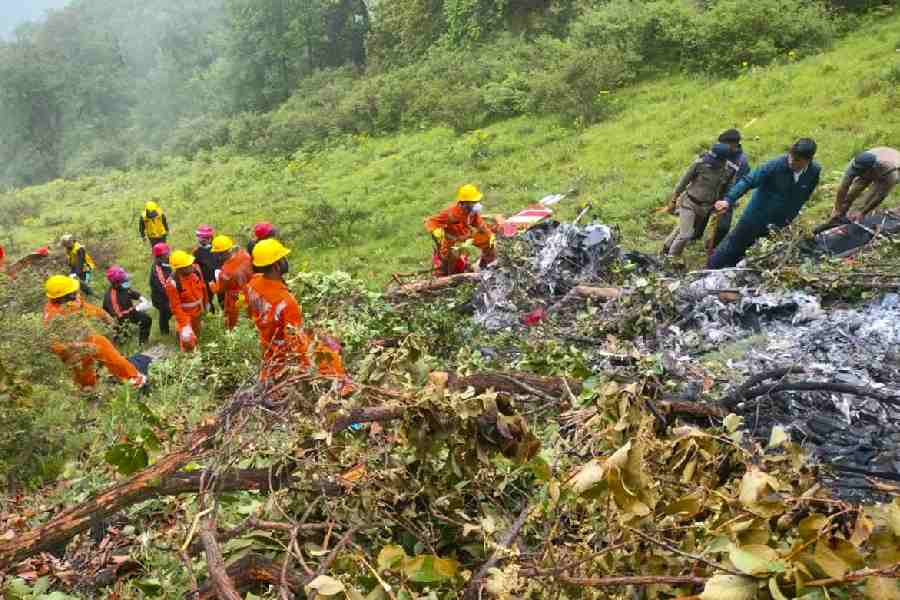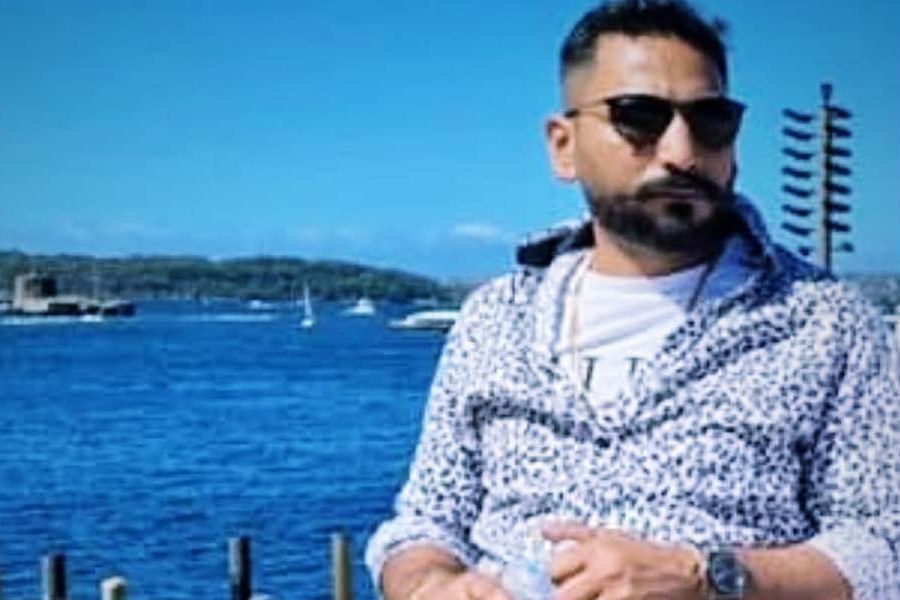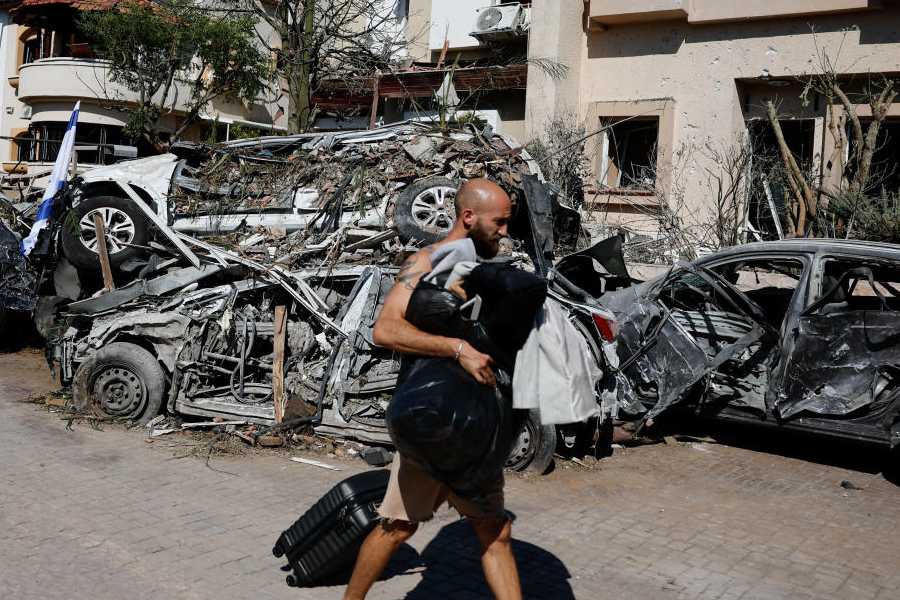 |
Students, scholars and experts witnessed the history and geography of coins unfold at Patna Museum on Monday.
Ravi Shankar Verma, the secretary of Numismatics Society of Calcutta, demonstrated three different techniques of coin minting — punch-marking, casting and die striking, using which coins were made from 6th century BC till the British set up two mints in India in 1829.
“This is the first time that there has been a live demonstration of coin minting in any museum in the country. To start with, the earliest coins found in India were punch-marked coins, which are traced back to as early as 6th century BC. These coins did not have anything written on them except for symbols of trees, animals, mountains, sun and geometry among others,” Ravi said.
Demonstrating the die-striking technique of minting, Ravi gave a circular shape to the coin blanks (gold/metal) using a small rounding instrument made of two metal pieces. The coin blank was then placed between these two dice and a heavy cylindrical metal was placed above the upper die, referred to as die protector. Then it was struck with a heavy hammer, leaving a positive image on the blank.
Bihar Heritage Development Society organised the demonstration.
Highlighting the significance of coins in history, Susmita Basu Majumdar, the associate professor of the department of ancient India history and culture at the University of Calcutta, said: “Coins play an important role in (unearthing) history. Often, it has been found that when there is no literature or written document available at a place, about a place or time, but the study of coins reveals the history.”
The coin minting demonstration was held as a part of a 10-day training session on numismatics.


